World Trade Organization : Meaning, Regulate’s, Signed Year, Basic Principles, Structure & Functions
Meaning of the World Trade Organization (WTO)
The World Trade Organization (WTO) is an international organization that regulates global trade between nations. Its primary objective is to ensure that trade flows as smoothly, predictably, and freely as possible. It provides a framework for negotiating trade agreements and a dispute resolution process aimed at enforcing member countries’ adherence to WTO agreements. The WTO helps reduce barriers to international trade by promoting fair competition and preventing protectionism, making it easier for goods, services, and investments to flow across borders.
The WTO covers a wide range of areas including goods, services, intellectual property, and foreign direct investment (FDI), promoting free trade through open markets.
Formation and Signed Year
The WTO was established on January 1, 1995, following the Uruguay Round of negotiations (1986-1994) and succeeding the General Agreement on Tariffs and Trade (GATT), which was established in 1947. The Uruguay Round was the eighth round of multilateral trade negotiations under GATT and led to the creation of the WTO as a permanent institution to oversee international trade.
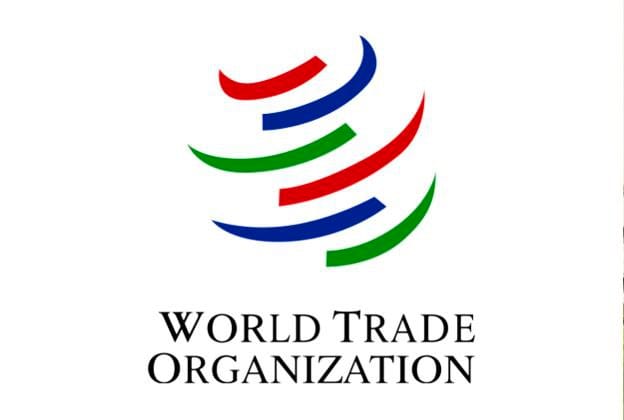
Basic Principles of the WTO
- Non-Discrimination:
- Two fundamental non-discrimination principles guide WTO members:
- Most-Favored-Nation (MFN): Countries cannot discriminate between their trading partners, meaning if a country grants a special favor (like lower tariffs) to one country, it must offer the same to all WTO members.
- National Treatment: Once a product enters a country’s market, imported goods should receive the same treatment as domestic products, ensuring fair competition.
- Two fundamental non-discrimination principles guide WTO members:
- Reciprocity:
- The principle of reciprocity encourages countries to make mutually beneficial trade concessions. When one country agrees to lower its trade barriers, it expects other countries to reciprocate by offering equivalent market access.
- Binding and Enforceable Commitments:
- WTO members commit to binding agreements on trade rules. If a country wants to raise a tariff or deviate from its commitments, it must negotiate compensation with affected members. The WTO has a structured system for resolving disputes and enforcing commitments through its Dispute Settlement Body (DSB).
- Transparency:
- WTO members are required to publish their trade regulations and practices to ensure transparency. They must notify the WTO of any changes in trade policies, and regular trade policy reviews help assess members’ adherence to WTO rules.
- Promoting Fair Competition:
- The WTO promotes fair competition by discouraging unfair practices such as dumping (selling goods in a foreign market at below cost price) and subsidies that distort trade. The WTO agreements provide rules to prevent these practices and encourage fair trade.
- Development and Economic Reform:
- The WTO recognizes the needs of developing and least-developed countries. Special provisions, such as longer time frames for implementing agreements, flexibility in market access commitments, and assistance through technical cooperation, are provided to help these countries integrate into the global trading system.
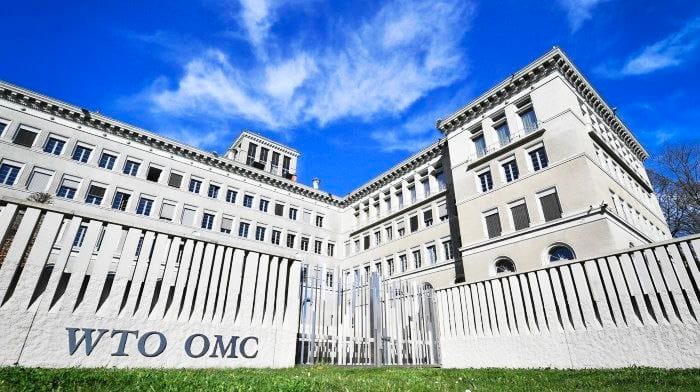
Structure of the WTO
The WTO is a member-driven organization, where decisions are made by its 164 member countries (as of 2023). The key organs of the WTO are as follows:
- Ministerial Conference:
- The highest decision-making body of the WTO, composed of representatives (usually trade ministers) from all member countries. It meets at least once every two years to make decisions on all matters related to the WTO agreements.
- General Council:
- The General Council oversees the day-to-day operations of the WTO and acts as the Dispute Settlement Body (DSB) and Trade Policy Review Body (TPRB). It consists of representatives from all member countries and meets regularly in Geneva.
- Dispute Settlement Body (DSB):
- The DSB is responsible for settling trade disputes between member countries. It ensures that disputes are resolved through negotiation or legal procedures, and its decisions are binding. If a member country violates a WTO agreement, the DSB can authorize retaliation, such as trade sanctions.
- Trade Policy Review Body (TPRB):
- The TPRB monitors the trade policies of member countries to ensure that they conform to WTO rules. Periodic reviews provide transparency and help promote adherence to trade obligations.
- Council for Trade in Goods:
- This body oversees the implementation of the General Agreement on Tariffs and Trade (GATT) and other agreements related to trade in goods, such as agriculture, market access, and technical barriers to trade.
- Council for Trade in Services:
- The General Agreement on Trade in Services (GATS) is administered by this council, which monitors trade in services and oversees negotiations in areas such as telecommunications, financial services, and transportation.
- Council for Trade-Related Aspects of Intellectual Property Rights (TRIPS):
- This council manages the TRIPS Agreement, which sets minimum standards for intellectual property regulation among WTO members. It addresses issues such as patents, copyrights, trademarks, and enforcement of IP rights.
- Director-General:
- The Director-General is the administrative head of the WTO, responsible for overseeing the work of the secretariat and representing the organization in global forums. The Director-General is appointed by WTO members for a renewable term.
- WTO Secretariat:
- The secretariat, based in Geneva, Switzerland, provides administrative and technical support to the various WTO councils and committees. It also conducts research and facilitates trade negotiations among member countries.
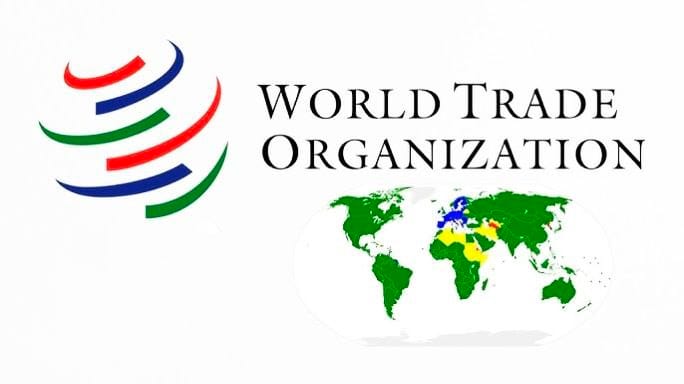
Functions of the WTO
- Administering Trade Agreements:
- The WTO oversees the implementation of multilateral trade agreements, ensuring that member countries comply with their commitments. These agreements cover goods, services, intellectual property, and investment.
- Trade Negotiations:
- The WTO is a forum for trade negotiations. Member countries negotiate to lower trade barriers and update rules to keep up with changes in the global economy. Ongoing negotiations, like the Doha Development Round, focus on improving trade prospects for developing countries.
- Dispute Settlement:
- One of the key functions of the WTO is to provide a mechanism for resolving trade disputes between member countries. The WTO’s Dispute Settlement Understanding (DSU) outlines procedures for resolving conflicts, ensuring that trade disputes are handled in a transparent, impartial, and binding manner.
- Monitoring National Trade Policies:
- The WTO conducts regular reviews of members’ trade policies through the Trade Policy Review Mechanism (TPRM). This ensures transparency and provides members with opportunities to assess each other’s compliance with trade rules.
- Technical Assistance and Capacity Building:
- The WTO provides technical assistance and training to developing countries to help them build capacity to implement WTO agreements and participate effectively in the global trading system. The WTO helps countries navigate trade negotiations and develop trade policies that promote economic development.
- Cooperation with Other International Organizations:
- The WTO collaborates with other international organizations such as the World Bank, International Monetary Fund (IMF), and United Nations Conference on Trade and Development (UNCTAD) to ensure coherence in global economic policies and promote sustainable development.
- Facilitating Trade Development:
- The WTO promotes trade development, particularly in developing and least-developed countries, by enhancing their access to global markets. It encourages these countries to integrate into the global economy through capacity-building programs and preferential trade agreements.
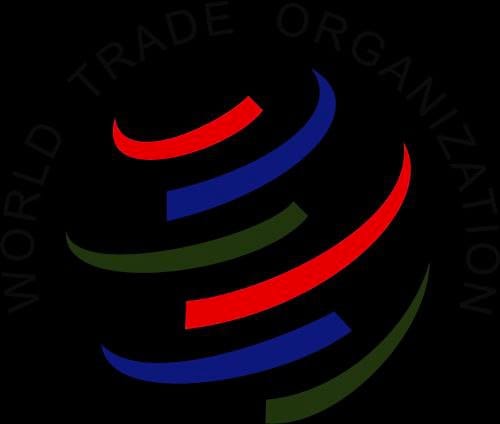
Conclusion
The WTO plays a critical role in shaping the rules of international trade, promoting free trade, and providing mechanisms for dispute resolution. Through its multilateral trade agreements, it works to create a more open and predictable trading environment, benefiting both developed and developing countries. Its structure and functions ensure that the global trade system remains transparent, equitable, and effective in fostering economic growth and reducing poverty worldwide.
Share this content:

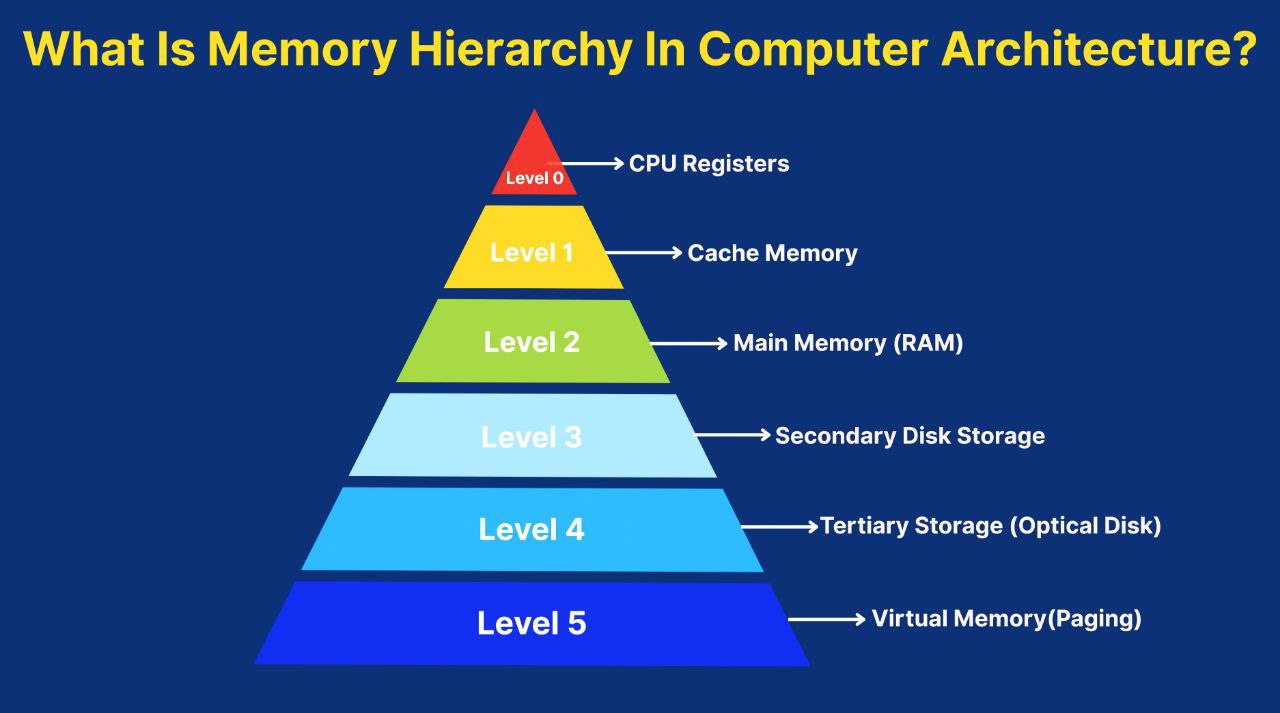

Leave a Reply